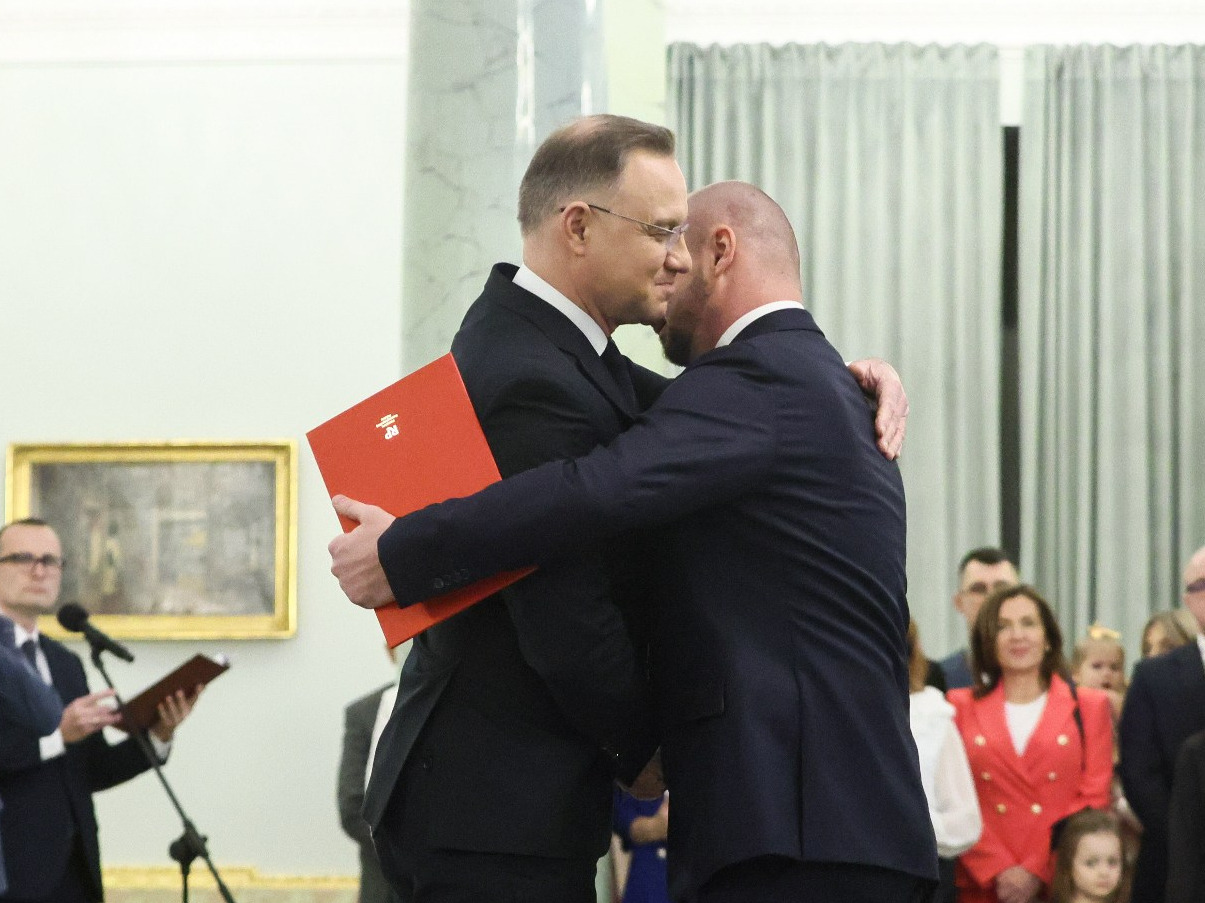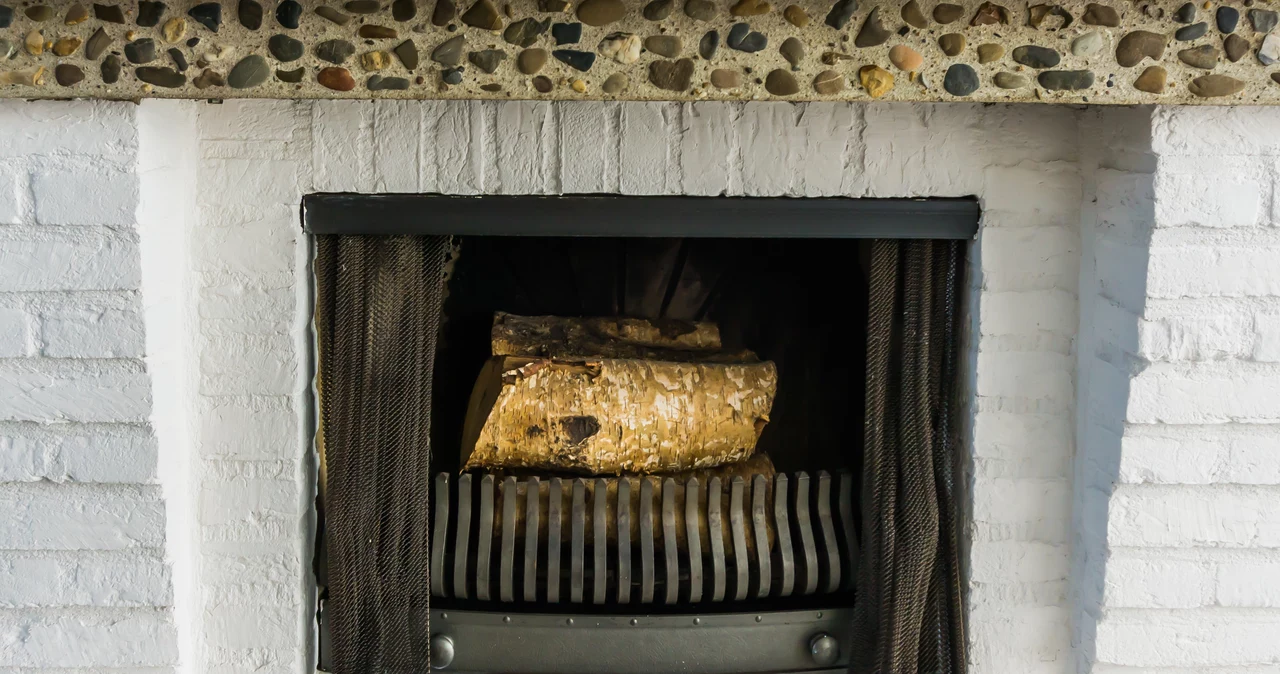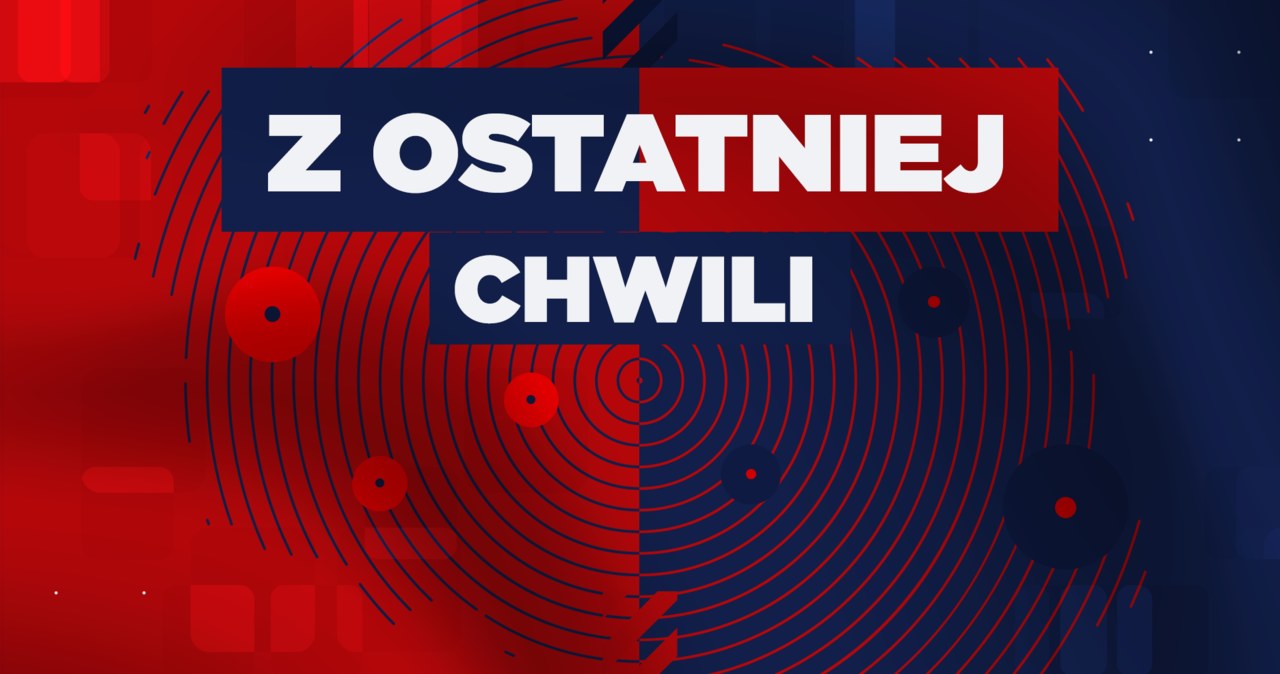A new study has shed light on the trade of walrus ivory during the Viking Age that spanned continents.
Viking Age Norse people seeking walrus ivory in the High Arctic may have encountered Indigenous North Americans hundreds of years before Christopher Columbus „discovered” the continent, a study
has suggested.
In medieval Europe, walrus ivory was a prized commodity and was supplied by Norse intermediaries who expanded across the North Atlantic in search of the product, establishing settlements in Iceland and Greenland in the process.
But the precise locations of where the traded ivory was sourced have long remained unclear. Now, a study published in the journal Science Advances has indicated that walrus ivory imported into Europe from Norse settlements in Greenland was harvested from very remote High Arctic hunting grounds.
Using high-resolution genetic sourcing methods, the research team was able to pinpoint specific hunting grounds in the High Arctic, especially the North Water Polynya—an area of open water surrounded by sea ice that lies between Greenland and Canada in northern Baffin Bay—and possibly from the interior Canadian Arctic. These areas are far beyond areas
traditionally associated with Greenland Norse ivory harvesting activities.
The Viking Age was a period in medieval history roughly between the late 8th and 11th centuries when seafaring Norse people from Scandinavia, commonly referred to as Vikings, raided, colonized, explored and traded widely across Europe and far beyond.
According to the authors, the results of the study support the idea that Norse ivory harvesting eventually expanded into very remote parts of the Arctic resulting in encounters with Indigenous peoples of the North American Arctic, and possibly exchange of ivory with them.
„There has been a lot of interest in Vikings and the walrus ivory trade in the last 10 years but it is very Eurocentric. We wanted to know what was happening out in the remote Arctic hunting grounds, especially where the ivory was coming from,” Peter Jordan, one of the senior authors of the study with the Department of Archaeology and Ancient History at Lund University in Sweden, told Newsweek.
„We had no idea the walrus ivory was coming from such remote parts of the Arctic. This is big news. The exciting implication is that ivory shipped back to Europe was coming from remote High Arctic areas inhabited by Arctic Indigenous peoples,” Jordan said.
When the Norse went to these places, they would likely have encountered other cultures and probably traded with them, especially the Thule Inuit, who are the ancestors of modern Inuit in Canada and Greenland.
„These are the first ‘full circle’ reconnections of humanity after it had expanded out of Africa tens of thousands of years before, and represents some of the earliest globalized interactions, with human contacts now spanning the entire northern world,” Jordan said.
The possibility of encounters between Norse people and Indigenous Americans has been discussed for some time, but the supporting archaeological evidence is ambiguous. The latest study though places Norse people and Thule Inuit in the same place at the same time, given that ivory was coming from remote areas where both groups operated. Another older North American Arctic Indigenous group known as the Tuniit (or Late Dorset) also may have been present in these areas at around the same time, according to the researchers.
While the study does not provide definitive proof of direct contact between the Norse and Indigenous North Americans, it does show that they overlapped in some places while searching for the same natural resource: walrus ivory. This provides further independent evidence for the long-debated existence of very early encounters between the European Norse and North American Indigenous peoples.
„Our results…suggest that the relationship between the European Norse and Arctic Indigenous peoples, particularly the Thule culture, was more complex than previously understood. Although further studies are needed, it has historically been difficult to confirm whether the Norse made contact with Arctic Indigenous cultures, such as the Tunnit and Thule Inuit, during their exploration of Greenland and Canada,” Emily Ruiz-Puerta, the lead author of the study with the Faculty of Health and Medical Sciences at the University of Copenhagen in Denmark, told Newsweek.
„However, the evidence from our study hints at potential trade interactions centered around the walrus ivory trade as a result of the Norse venturing further north.”
Previously, debates about globalization in the Viking Age have tended to focus on valuable objects entering Europe from Western Asia, often via the famed Silk Road—a network of trade routes that stretched across Eurasia. But the latest study points to the existence of a significant „Arctic Ivory Road” that connected North America with European trade networks long before the era of colonization began in the 15th century.
„Our study shows that the Vikings regularly travelled the around 6,000 kilometers [about 3,700 miles] to Pikialasorsuaq in northwest Greenland, an area characterized by harsh climatic conditions. And they probably didn’t do it for the thrill of it, but to obtain this precious commodity, which they brought to Northern Europe and other parts of the world,” Morten Tange Olsen, a senior author of the study with the Globe Institute at the University of Copenhagen, said in a statement.
The authors came to their conclusions after matching ancient DNA from fragments of walrus skulls —which were found in European trade centers and ivory carving workshops—back to specific Arctic walrus populations using novel genetic „fingerprinting” techniques.
„We extracted ancient DNA from walrus samples recovered from a wide range of locations across the North Atlantic Arctic. With this information in place, we could then match the genetic profiles of walrus artifacts traded by Greenland Norse into Europe back to very specific Arctic hunting grounds,” Olsen said in the release.
SŁOWNICZEK:
Norse people – Skandynawowie, wikingowie
walrus ivory – kły morsów
indigenous – rdzenny (np. mieszkaniec)
prized commodity – cenny towar
establish settlements – zakładać osady
harvest – zbierać (np. plony)
medieval history – średniowieczna historia
seafaring Norse people – żeglarze z ludów nordyckich
raid – najeżdżać
ancestors – przodkowie
span – obejmować, sięgać
ambiguous – niejednoznaczny
definitive proof – niezbity dowód
trade route – szlak handlowy
skull – czaszka
genetic fingerprinting – genetyczny odcisk palca, charakterystyczny dla danego osobnika kod genetyczny
TASK 1
Listen to the recording and answer the following questions:
1. Why was walrus ivory important in medieval Europe?
2. How did the study in Science Advances help researchers understand Norse ivory hunting locations?
3. Who might the Norse have met in the remote Arctic areas?
4. Who were the Thule Inuit, and why are they mentioned in the study?
5. What new trade route does the study suggest existed during the Viking Age?
6. How did researchers match the ivory
artifacts to specific hunting grounds?
7. What is the significance of Norse and Indigenous North American interactions?
TASK 2
Task description: Students will participate in a discussion about the potential historical interactions between Norse Vikings and Indigenous North Americans in the High Arctic.
Task elements:
1. Recall the main findings of the study on Norse ivory trade routes.
2. Describe how the Norse may have come into contact
with Indigenous peoples in the Arctic according to the research.
3. Imagine you are a Norse explorer traveling to the Arctic for the first time. Describe the challenges you would face in these remote hunting grounds and how you might interact with the local Indigenous peoples you encounter.
4. In pairs or small groups, discuss the possible impacts of these Norse expeditions on Indigenous Arctic communities. Consider both positive aspects (like trade) and potential challenges or conflicts.
TASK 3
Complete the following summary using information from the text.
A new study suggests Viking Age Norse people encountered Indigenous North Americans while hunting 1) __________ in the High Arctic. Norse traders supplied Europe with valuable ivory from walrus hunted in remote areas beyond traditional 2) __________ hunting grounds, such as the North Water Polynya between Greenland and Canada. Using 3) __________, researchers traced the ivory to specific Arctic areas where the Norse may have met Indigenous cultures, like the 4) __________. This finding hints at early interactions and trade before 5) __________, forming an „Arctic Ivory Road” linking North America and Europe.













